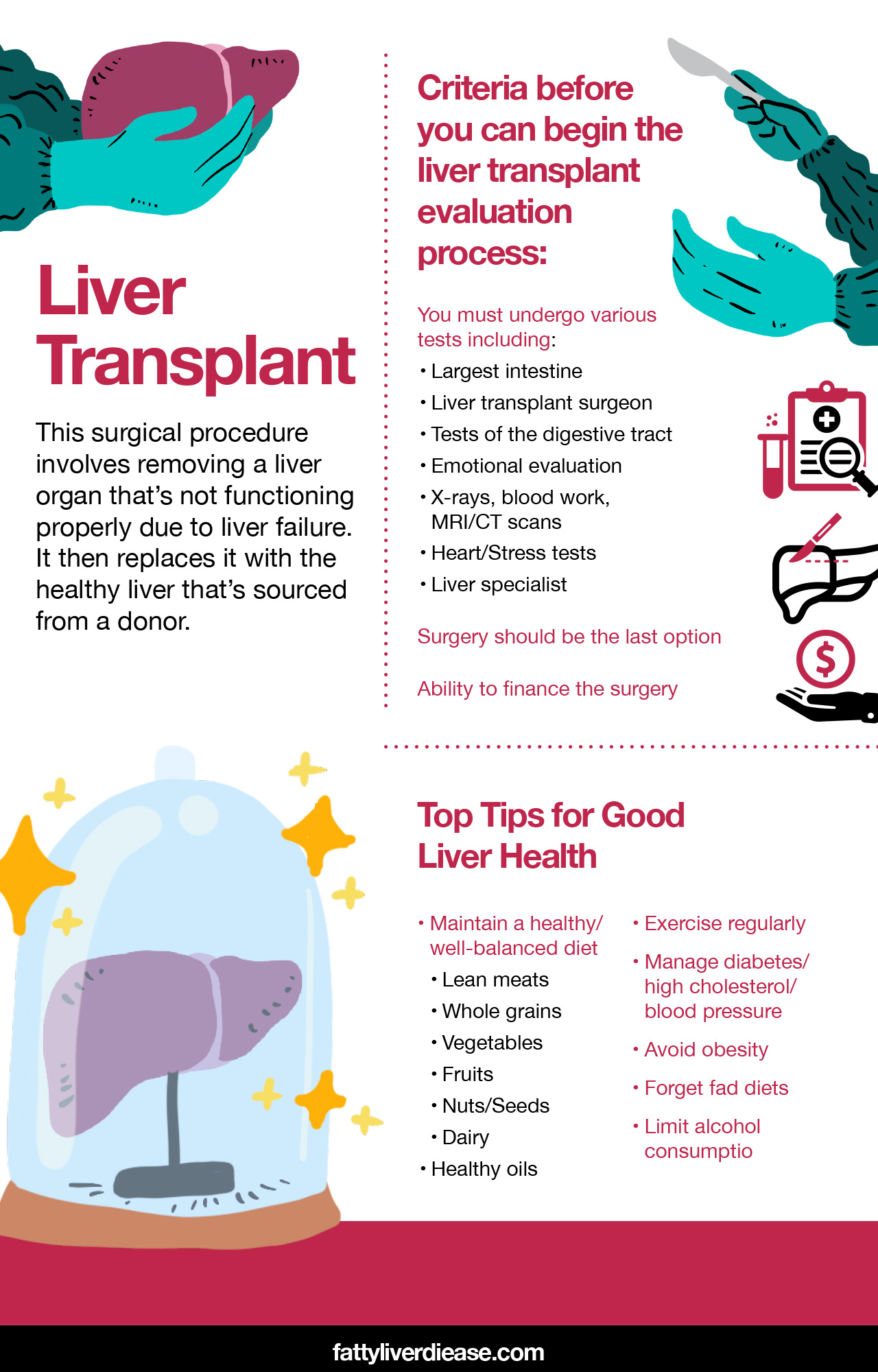Are you planning to donate or receive a liver transplant? In 2018 the USA set a national record with 36,500+ organ transplants. This is a practical option for people who want to give or receive an organ. However, it’s also critical to know the liver transplants list of rules/regulations. This liver transplant list of requirements helps to make sure you’re following the particular guidelines of the medical industry. While the value of donating or receiving an organ is priceless, it’s important to know what you can and can’t do as either a donor or receiver of a liver organ. it will help the entire process to go smoother, which is a good thing.
it’s been over half a century since the first liver transplant in 1963. This can be a life-saving medical procedure for patients with conditions like liver disease. However, the particular rules/regulations set by the medical industry are in place to make sure the procedure is as safe and effective as possible. It’s a big decision to decide on the procedure and the process of finding the right donor can be complex. However, the ability to replace the vital organ is priceless and can basically provide people with a new start post-transplant.
What’s A Liver Transplant All About?
This surgical procedure involves removing a liver organ that’s not functioning properly due to liver failure. It then replaces it with the healthy liver that’s sourced from a donor. The liver is the human body’s biggest internal organ and does many important functions like:
- Controls the immune system’s response and prevents infection
- Makes proteins for a blood clot
- Makes bile for absorbing some vitamins, fat, and cholesterol
- Processes nutrients and medicines
- Removes toxins/bacteria from blood
This treatment is usually saved as a last resort for people who have major health issues like late-stage liver disease. In these situations, liver failure could happen at any time. The problem is that more people are waiting for transplants than the number of liver donors.
One option is liver transplants from living donors. This is an alternative because after removing part of the liver the human liver starts growing back and goes back to the normal size. in 2014, nearly 5% of all liver transplants in the US were from living donors.
There are various reasons liver transplants are done. It’s sometimes for people who have liver failure or liver cancer and other treatments aren’t working. Liver failure can happen in the short or long-term. Fast liver failure is often related to liver injury.
Liver transplants are usually used for treating long-term “chronic” liver failure. This tends to happen gradually during months/years. There are several causes including liver cirrhosis that often happens due to alcoholism. This is the most common purpose of liver transplants.
Some of the most common causes of liver cirrhosis include:
- Fatty liver disease
- Genetic diseases
- Alcoholism
- Bile duct-related diseases
- Hepatitis B/C
Transplants can also be done for liver cancer. Various liver cancers can start in the liver.
it’s worth noting that there’s a major risk of complications during a liver transplant. There are risks linked to the actual procedure and the prescription drugs required.
Liver Transplant List: Rules/Requirements
In case your liver stops functioning enough that it affects its ability to sustain life then the only option is a liver transplant. There are particular criteria:
HEALTH STATUS
Before you’re given a thumbs-up as a candidate for a liver transplant various tests are conducted including:
- Largest intestine
- Liver transplant surgeon
- Tests of the digestive tract
- Emotional evaluation
- X-rays, blood work, MRI/CT scans
- Heart/Stress tests
- Liver specialist
DISEASE
The liver must not be functioning properly and past the stage of being fixed. The liver tries to heal itself by growing new tissue. However, when the liver damage causes scarring this results in the condition “cirrhosis.” this can lead to various results like liver failure.
FINANCIAL/INSURANCE
This is important in terms of paying for liver transplant costs. There’s also the issue of insurance coverage in terms of the procedure, medicine, and other expenses. A liver transplant can cost up to $575,000. This makes it one of the main factors when being considered as a candidate.
After the evaluation is done a committee of surgeons and other specialists review the results of the tests/evaluations. The committee then determines if an organ transplant is ideal for you. Candidates are rejected for reasons like high risks or liver failure hasn’t happened yet. However, if you’re considered a candidate you go on the waiting list.
After being put on the waiting list you get a computer-calculated Model of End-stage Liver Disease (MELD) score based on the blood tests’ results. Children receive a similar score known as PELD. The score prioritizes people with more serious liver problems.
Even if you’re approved for a liver transplant it’s important to be aware of possible risks and complications. They include ones related to the procedure itself and side-effects of “anti-rejection” medicines. However, the risks and cost might be worth a fully-functional liver.
Top Tips for Good Liver Health
1. Maintain a healthy/well-balanced diet
Make sure you’re getting a good balance of foods like:
- Lean meats
- Whole grains
- Vegetables
- Fruits
- Nuts/Seeds
- Dairy
- Healthy oils
One option is to go vegetarian/vegan. Even if you don’t take that step it’s recommended to focus on plant-based foods and white meat over red meat. Try to minimize sugar, refined grains, and artificial colors/flavors/preservatives.
2. Exercise regularly
One of the main causes of several health issues today is the “sedentary lifestyle.” This basically involves not moving/exercising enough. Exercise provides several health benefits including less stress on the liver. It also helps to reduce the risk of obesity, which is a key factor linked to liver disease. Try to exercise 150+ minutes per week including walking, biking, swimming, and weightlifting.
3. Manage diabetes/high cholesterol/blood pressure
If you have these conditions make sure to monitor them carefully. It will help with a wide range of issues including liver health.
4. Avoid obesity
This is critical to reducing your risk of liver disease and lots of other health issues. Studies show that even if you’re slightly overweight this can increase your risk of various diseases like type-2 diabetes and heart
disease. Eating healthy and exercising regularly are some of the main steps to take.
5. Forget fad diets
The problem with such diets is that they’re based more on what’s trending instead of what’s been proven by scientific studies. Make sure to research the details of a diet. If claims like losing 100 pounds in a month seem too good to be true then they probably are.
6. Limit alcohol consumption
The key is to drink in moderation. Heavy drinking can cause several health issues including liver cirrhosis. It’s recommended that men have a maximum of two drinks per day and women one drink/day to reduce the need to review the liver transplant list.
























